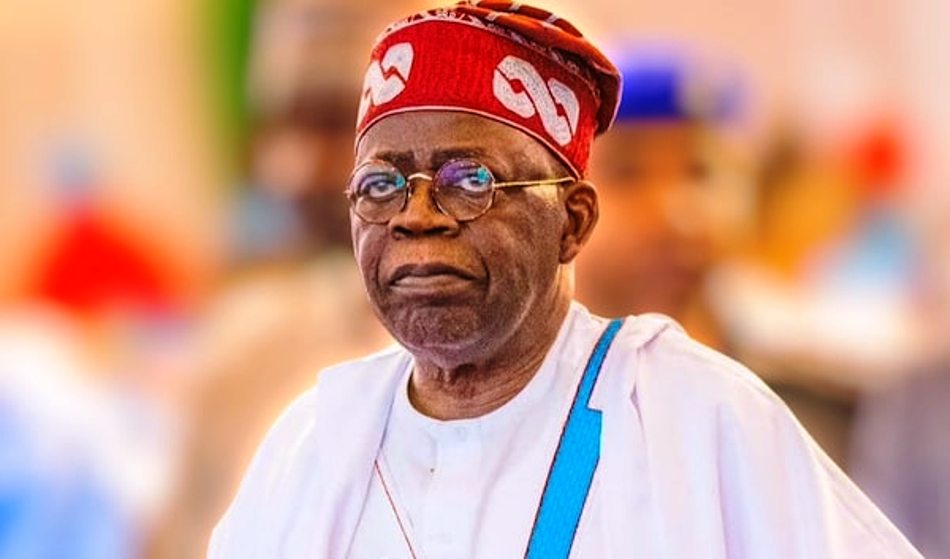Nigeria’s total public debt surged to N149.39 trillion by the end of March 2025, according to the latest figures released by the Debt Management Office (DMO).
This represents a substantial increase of N27.72 trillion, or 22.8%, compared to the N121.67 trillion recorded in the first quarter of 2024.
Quarter-on-quarter, the nation’s debt grew by N4.72 trillion, or 3.3%, from N144.67 trillion at the close of December 2024.
READ ALSO: Obi: I’ll govern for just one term if Nigerians elect me in 2027
This sustained upward trend in Nigeria’s debt portfolio is attributed to a combination of new borrowing activities and the significant impact of the Naira’s depreciation on the value of external debt obligations.
The rise reflects persistent fiscal pressures, increasing government revenue, and continued reliance on both domestic and international loans to finance the national budget.
As of March 31, 2025, Nigeria’s external debt reached N70.63 trillion (equivalent to $45.98 billion), marking a considerable leap from N56.02 trillion ($42.12 billion) in the same period of 2024. This translates to a year-on-year increase of N14.61 trillion, or 26.1%.
While the dollar-denominated external debt saw a modest quarter-on-quarter rise of $3.86 billion, the much steeper increase when expressed in Naira underscores how foreign exchange depreciation dramatically inflates Nigeria’s liabilities.
Although the specific Central Bank of Nigeria (CBN) exchange rate for Q1 2025 was not disclosed, the widening gap in Naira terms suggests a weakened currency, directly increasing the cost of repaying dollar and euro-denominated loans.
External debt comprises loans from various sources, including multilateral bodies like the World Bank and the African Development Bank, bilateral agreements, and commercial creditors, such as Eurobond investors.
The burden of servicing these debts in Naira terms has intensified due to the local currency’s dwindling value, a situation that could worsen if currency stabilisation reforms do not yield positive outcomes.
Domestically, Nigeria’s debt also continued its ascent, reaching N78.76 trillion ($51.26 billion) by March 2025.
This signifies a 20% year-on-year increase (N13.11 trillion) from N65.65 trillion ($49.35 billion) in March 2024.
Every quarter, domestic debt climbed by N4.38 trillion, or 5.9%, from N74.38 trillion in December 2024.
The Federal Government’s share of this domestic debt stood at N74.89 trillion, while the 36 states and the Federal Capital Territory (FCT) collectively held N3.87 trillion.
Notably, state-level domestic debt experienced a slight reduction from N3.97 trillion in Q4 2024 and N4.07 trillion in Q1 2024, indicating improved debt repayment efforts by subnational governments, likely aided by increased allocations from the Federation Account Allocation Committee (FAAC).
Domestic borrowing primarily involves government securities such as Treasury Bills, FGN Bonds, Sukuk, and Green Bonds, used to cover the nation’s fiscal deficit.
While these instruments mitigate exchange rate risk, they introduce their own interest cost burdens.
As of the first quarter of 2025, Nigeria’s total public debt composition was almost evenly split: domestic debt constituted 52.7%, and external debt accounted for 47.3%.
This marks a slight shift from March 2024, when domestic debt held a larger share at 54% compared to external debt’s 46%.
The growing proportion of external debt, particularly its inflated value in Naira, underscores Nigeria’s vulnerability to currency fluctuations due to its continued reliance on foreign borrowing.
Simultaneously, the steady rise in domestic debt highlights the government’s efforts to raise funds from the local capital market, despite concerns about high debt servicing costs and the potential to limit private sector investment.
READ ALSO: Aminu Dantata: Nigerian billionaire to be buried in Medina
Nigeria’s current debt trajectory continues to provoke questions regarding the nation’s fiscal sustainability.
With the aggregate debt approaching the N150 trillion threshold, concerns persist that the escalating cost of debt servicing is consuming an increasingly large portion of the national budget.



